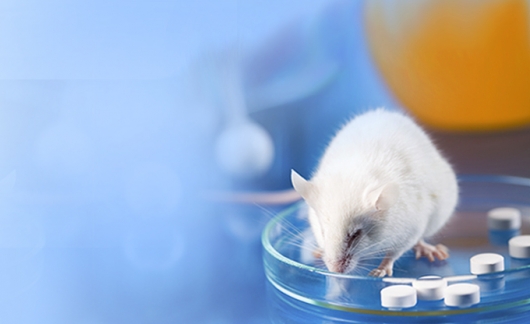Pesquisar produto
Abstract
BACKGROUND:
Um dos principais desafios na medição do glucagon é a premissa de que é instável no plasma humano. Tradicionalmente, inibidores de protease foram utilizados para prevenir a sua degradação; entretanto, seu uso é controverso. Aqui, investigamos o método ótimo de coleta de amostras para o glucagon, com medição por espectrometria de massa em tandem de cromatografia líquida (LC-MS / MS) e dois imunoensaios comercialmente disponíveis.
Ann Clin Biochem. 2016 Oct 4. pii: 0004563216675648. [Epub ahead of print]
One of the main challenges in the measurement of glucagon is the premise that it is unstable in human plasma. Traditionally, protease inhibitors have been used to prevent its degradation; however, their use is controversial. Here, we investigated the optimal method of sample collection for glucagon, with measurement by liquid chromatography tandem mass spectrometry (LC-MS/MS) and two commercially available immunoassays.
METHODS:Blood from healthy fasting volunteers (n = 10) was processed under a variety of preanalytical conditions including collection in EDTA vs. lithium heparin tubes and the addition of aprotinin and/or a dipeptidyl-peptidase IV (DPPIV) inhibitor. Additionally, the effect of freeze thaw was assessed. Plasma glucagon concentrations were measured by LC-MS/MS and two commercially available immunoassays (HTRF® sandwich immunoassay, Cisbio and Milliplex MAP Human Metabolic Hormone Panel, Merck Millipore).
RESULTS:A systematic bias of Milliplex > LC-MS/MS > HTRF was noted and plasma glucagon concentrations were significantly different between methods (Milliplex vs. LC-MS/MS P < 0.01; Milliplex vs. HTRF P < 0.0001; LC-MS/MS vs. HTRF P < 0.001). The addition of aprotinin, DPPIV inhibitor or a combination of aprotinin and DPPIV inhibitor had no effect on plasma glucagon concentrations when compared to 'non-stabilized' samples or each other. Whether samples were taken in EDTA tubes or lithium heparin tubes made no difference to plasma glucagon concentrations. These findings were consistent for all three methods. Plasma glucagon concentrations were not significantly different after two freeze-thaw cycles (performed on samples in EDTA tubes containing aprotinin and DPPIV inhibitor).
CONCLUSIONS:This study demonstrates that glucagon is stable in both EDTA and lithium heparin tubes when stored at -80℃. Furthermore, the addition of aprotinin and DPPIV inhibitors is unnecessary.
trabalho na integra: https://www.ncbi.nlm.nih.gov/pubmed/27705885